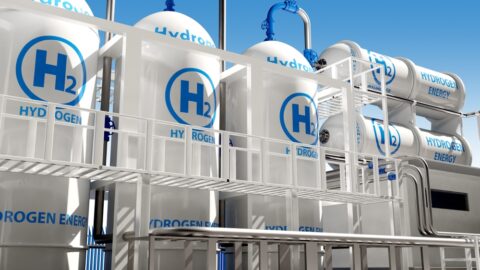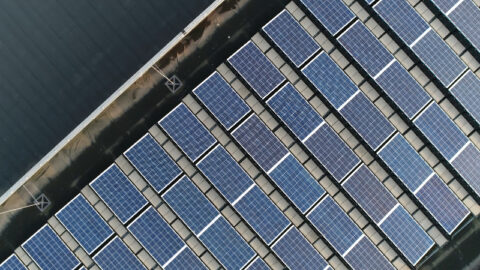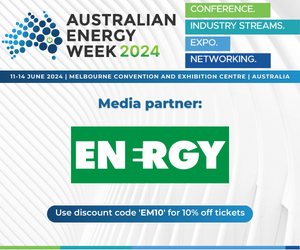Australia has a waste management problem. We produce a lot of it – around 23 million tonnes a year – and our landfills are filling up. As a country, creating a circular economy around waste and energy will be pivotal to maintain sustainable practices into the future. As such, waste to energy facilities are underway to help not only divert waste from landfills and help power Australia, but reduce the impact waste and its carbon emissions have on the environment. One state is leading the way, with two significant projects set to support the capital’s waste management goals and work to support Australia’s transition to net zero.
The 2018 National Waste Report stated Australia’s generation of 23 million tonnes of waste was greater than the average Western economy. Since this report, and the announcement that China is banning imports of solid waste, the Federal Government has worked to create a circular economy paradigm regarding waste with the implementation of its National Waste Policy.
With solid investments planned to help improve recycling outcomes compounded by critical infrastructure gaps, waste management facilities will play a large part in reducing the impact of Australia’s waste, and ensure a more sustainable future.
The Australia Bioenergy Roadmap Report, published by the Australian Renewable Energy Agency (ARENA) in late 2021, projected that bioenergy could play a significant part in Australia’s energy production. Under its Targeted Deployment scenario, ARENA modelled that bioenergy consumption could hit 20 per cent by 2050, compared to the 2019-2020 figure of only three per cent.
Across Australia, waste to energy facilities are in various stages of planning and completion, but two major sites in Western Australia are set to show what bioenergy can do.
Kwinana Waste to Energy
Australia’s largest waste to energy project, the $696 million Kwinana Waste to Energy facility (WtE), is located in Perth. Once operational, the site will process 400,000 tonnes of residual waste every year. It was the first Australian waste to energy facility to use thermal moving grate technology. The Kwinana WtE project partners are Acciona, Veolia and Keppel Seghers.
The moving grate technology, which is more common internationally across Europe and the US, thermally treats the waste, converting recovered energy into steam to produce electricity. There will be two integrated moved grate furnace lines in the facility, that can each process 600 tonnes of waste per day.
The thermal process will create ash by-products, which are used internationally in construction materials such as utilising bottom ash in concrete. Since its construction commencement in 2018, Avertas Energy, a co-development between lead project organisations Macquarie Capital and DIF, have shared several construction milestones.
Since 2023, these include completing the Boiler House’s northern face, pipes laid in the Cooling Water Pipe Bridge, Electrical Rooms installed, and nearing completion of the Economiser roof and more. Thanks to the powerful technology, ARENA estimates that Kwinana WtE’s export potential is 36MW of electricity to the grid – equivalent to powering around 50,000 households per year.
The waste it will convert to energy means around around 25 percent of Perth’s post-recycling rubbish is diverted from landfill. The subsequent reduction of 400,000 tonnes of CO2 emissions a year is equivalent to removing more than 85,000 cars off the road. The Kwinana WtE plant forms a key part in diversifying Australia’s energy supply and reducing the harmful effects of municipal solid waste.
East Rockingham Waste to Energy
The $511 million East Rockingham Waste to Energy facility is a ten hectare site located in Kwinana, in southern metropolitan Perth. Its project partners are Suez and, similar to Kwinana WtE, Acciona. Under construction from 2020, the facility can process 300,000 tonnes of waste and generate just under 29MW of energy per year; the equivalent to powering 36,000 homes.
The large-scale reduction in waste to landfill will help displace more than 300,000 tonnes of CO2 emissions a year. The facility reached its 90 per cent construction milestone in January 2023, with operation now right around the corner for the last quarter of 2023. Part of the completed works include the grid connection construction to the South West Interconnected System, super heaters, turbine hall, waste cranes and more.
The facility will work to divert 96 per cent of Perth’s residual waste from landfill. Pivotal to East Rockingham’s design; the facility also includes a Bottom Ash Treatment Plant in order to recycle the ash that the site creates and continue the facility’s sustainability and reach its landfill diversion targets. The East Rockingham WtE will also use moving grate combustion technology to produce energy.
The future of bioenergy
Creating a circular economy around waste is years in the making, with more work ahead. Waste to energy projects will be an important part of the energy transition puzzle, and provide not only a way to reduce emissions and manage waste more efficiently but also pivotal diverse and stable energy generation opportunities as well.


















Thank you for this article. What is the estimated fire up date for this project. My city council has signed up for it and I am keen to know.